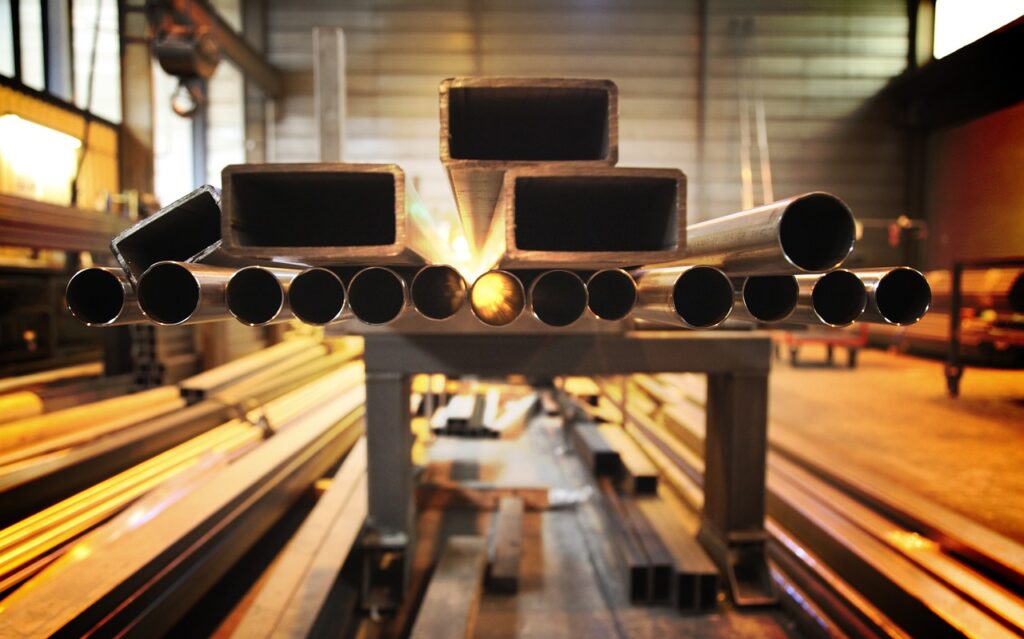A recently filed patent by JFE Steel Corporation showcases an innovative development in the realm of galvanized steel sheets.
This patent introduces a new type of steel that promises enhanced mechanical properties and improved performance under challenging conditions.
The core innovation of this patent lies in the composition of the galvanized steel sheet, characterized by its high tensile strength (TS), excellent bendability, and remarkable hydrogen embrittlement resistance. This composite material has a TS ranging from 980 MPa to less than 1470 MPa, ensuring its robustness and durability. The sheet is designed to maintain a yield ratio of 0.60 or higher, while controlling the diffusible hydrogen content to less than or equal to 0.45 mass ppm, thereby mitigating potential embrittlement-related failures.
To achieve these impressive properties, the galvanized steel sheet is engineered with a specific microstructure. It consists of less than 50% ferrite, while containing 50% or more of a combination of martensite and bainite. Complementing this is a limit of 10% or less for retained austenite. Notably, 75% or more of the martensite phase comprises carbides with an average grain size between 50 nm and 200 nm. This configuration is critical to optimizing the strength and ductility of the steel, enabling high yield ratios and effective hydrogen management.
A noteworthy aspect of this technology is the emphasis on the distribution of tempered martensite within the steel sheet’s thickness. The ratio TM1/TM2, where TM1 and TM2 represent the area percentage of tempered martensite from the surface to 1/8 of the sheet thickness and from 1/8 to 3/8, respectively, is 0.70 or greater. This specific distribution of martensite enhances the surface properties, providing superior resistance to mechanical deformation and environmental stresses.
The surface of this advanced steel sheet is coated with a galvanization layer, adding to its corrosion resistance. This layer not only protects the steel from the environment but also complements the intrinsic properties of the microstructure beneath it.
